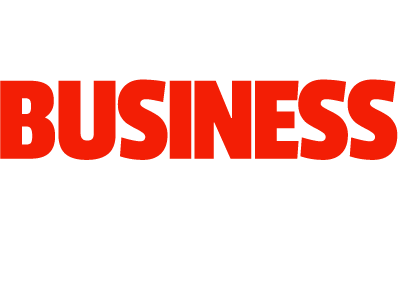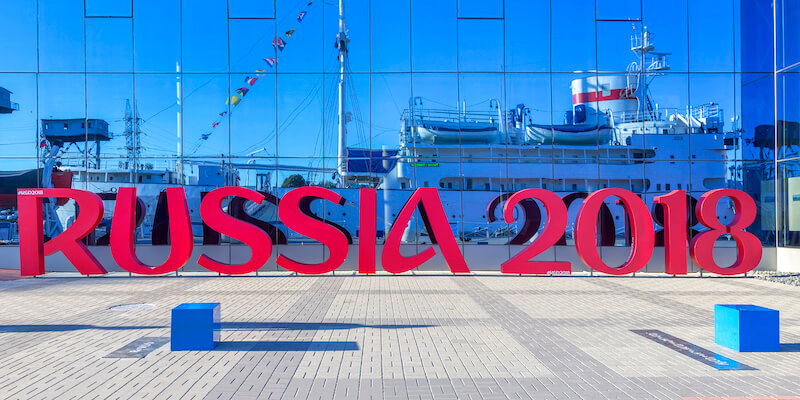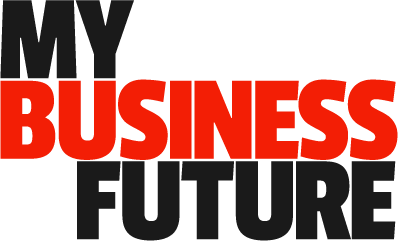Example World Cup 2018: How chinese businesses push on the world market
The world cup is over and what sticks in our head, except the early elimination of the German team, are the many Chinese banner ads. Yet, China has never participated in the world cup. In this article, we tell you which businesses invested in the world cup and which bigger plan is behind this.
Chinese businesses want to reach the global market, yet it is striking how some of the Chinese world cup sponsors did not even bother to target international customers with their banner ads by not translating them into English. Moreover, almost every business, except from Hisense and Vivo, are unknown outside of China.
Lenovo and the White-Ware giant Haier are already that well-known, that they do not need the publicity anymore. Yet, maybe others like Alibaba, Huawei and other Chinese giants save their marketing power. The Chinese want more than just banner ads at the world cup: They want to be part of the elite of the global market and maybe already reach their goal in four to eight years. What impact a victory or at least the quarterfinal can mean for the image and the economic development of a country, we have already seen after the German wonder of Berlin in 1954. However, China is already more of a world power than Germany has ever been.
China’s premiere league on shopping trip
In the end of 2016, Christiano Ronaldo received an offer from Far East which some colleague would have accepted immediately. He should have gotten 100 million Euros per year, Real Madrid 300 million as transfer fee. Dark-skinned people are still a bit more racially profiled in the Middle Kingdom than in Europe, yet in football, like this this image gallery from ran.de , China is colorblind. In 2015, the Brazilian pro player Aleix Teixeira transferred to Jiangsu Suning for 50 million Euros.
His fellow countryman Gil moved for a transfer fee of 8,5 million Euros from Corinthians Sao Paolo to Shandong Luneng Taishan; Werder Bremen accepted merely 2 million Euros, to let go the
German-Congolese defense Assani Lukimya to Liaoning FC in Nord China. Most recently, the Brazilian national player and Real-star Paulino returned to his old club Guangzhou Evergrande – in loan for a year. Guangzhou is the capital of the economically blooming province Guangdong, which lies next to Hong Kong.
The Names and Reasons of the Chinese World Cup Sponsors
- Hisense (海信集团, Haixin Jituan) has established its reputation as a TV-provider and giant in the electronic brance since the fusion with Loewe in 2013
- Vivo (维沃, Weiwo) was among the Top 10 of smartphone producers in 2015, and is one of the partners of China Mobile.
- 蒙牛(Mengniu) merely showed its banner ads at the world cup with the addition of 酸奶(suannai, yoghurt), yet they are one of the ten biggest dairy factories worldwide.万达集团(Wanda Group) is a firm founded from Dalian and Chinas biggest culture business, which operated in real estate, luxury hotels, entertainment, internet, finances and retail.
- 雅迪(Yadea) produces electronic scooters,which were also available in Germany from 2016 on
- 指点艺境(Zhidian Yijing), better known under the brand name LUCI, is a Chinese provider of VR-glasses
- 帝牌男装(Dipai Nanzhuang) is a gentlemen’s clothier with shops all over China
According to wemedia.ifeng.comWanda spends the most for advertising, followed by Vivo, Hisense and Megnui (literal: Mongolian cow). The dairy factory is probably in need, since ten years ago they were faced with a massive scandal about milk power, which made thousands of infants sick and even killed some. One consequence was that China and many Chinese citizens in Germany emptied the German stores like Rossman and DM, which was followed by a rationing of milk powder by Budnikowsky until at least the beginning 2016.Yet, the Chinese do not only want Germany’s milk powder and cars anymore.
China on High-Tech-Shopping Tour
China is with 1,2 trillion Dollar one of the biggest creditors of the USA. That did not keep the Trump government from imposing punitive taxes for Chinese products. As the manager magazine reported in early 2018, Beijing could cut off Washington’s money supply. Counter punitive taxes are also already planned. Insofar, it is no wonder that China and Europe are getting closer at the moment.
When Haier (the name derived from the former OEM-customer Liebherr) wanted to buy Maytag, better known as the vacuum-brand Hoover, in 2005, the US-government put in a veto. The plans were also overshadowed by a fatal acquisition by a Chinese business, as Lenovo announces in the end of 2004 the plans to acquire the PC-branch of IBM. Since then people always warn of a new “yellow” danger, and that Chinese businesses only want to imbibe western technologies and to eventually conquer the global market.
In Germany, there are also some admonishers. The German government under Angela Merkel encourages Chinese businesses to invest in Germany. When the Augsburg robot manufacturer Kuka, which belonged to the Quandt family from 1928 to 1980, was absorbed by the Chinese white goods manufacturer Midea in 2006, there was much commotion. One year later, the business bought into the Munic IoT-platform provider Device Insight and considers this a strategic Partnership.
Death by accident of major shareholder of Deutsche Bank
Kuka won’t be the last German High-Tech-business on the shopping list of Chinese businesses. Whether this is a “reason for worrying or unneccesarypanic-mongering” the Bertelsmann Stiftung dealt with in an article in Mai 2018.
Currently, the 97.000 employees of the Deutsche Bank are worried after the death by accident of their major shareholder Wand Jian in July 2018 in France. He and Chen Feng founded the HNA Group in 2000 and were the biggest shareholders of the Deutsche Bank with 9,9 percent. Chen announced to take over the business, yet there are new reports that HNA wants to sell the shares of the Deutsche Bank. If that is the case, it would not only have consequences for the German bank, but also for the finances of the German government.
[plista]


